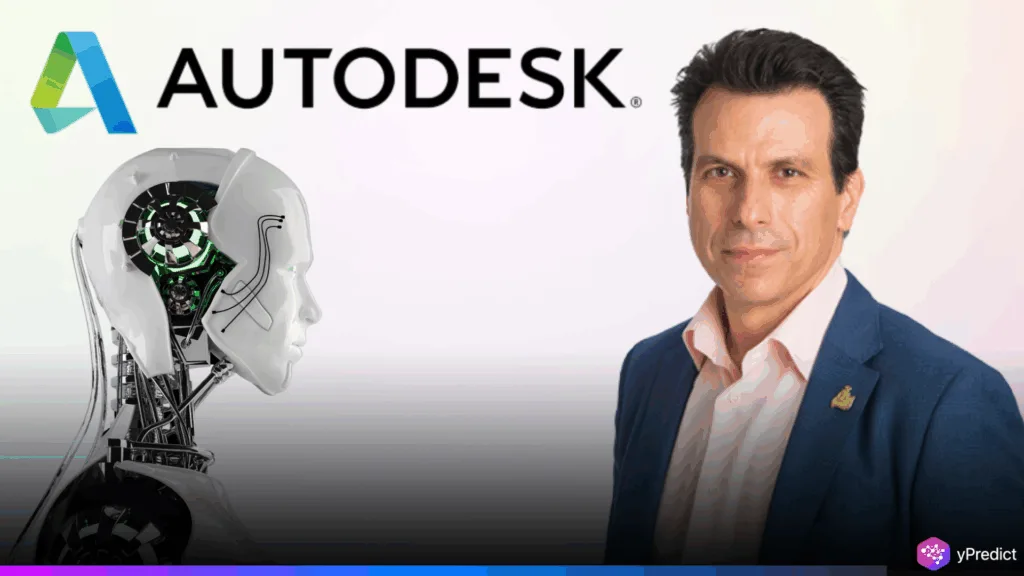
A year ago, artificial intelligence was the talk of every boardroom. Now, the excitement has cooled. According to the latest Autodesk Report, only 69% of surveyed customers believe AI will enhance their industry, a noticeable decline from 81% in 2024. This drop in confidence highlights a shift in expectations as industries move from AI hype to practical implementation. Autodesk CEO Andrew Anagnost acknowledged this change. A year ago, it was like, oh my God, it’s going to change everything, he said. Now, they’re less optimistic about it changing their industry. Still, Autodesk is pushing forward, determined to close the AI adoption gap and reshape how people think about design and construction.
Architecture’s Slow Tech Turn
Autodesk, famous for launching AutoCAD in 1982, revolutionized how architects moved from hand drawings to computer-aided design. This AutoCAD Legacy cemented Autodesk’s role as a technology leader. However, decades later, the architecture, engineering, and construction (AEC) sectors remain slow to adopt modern tools, especially AI.
According to the Autodesk Report, the AEC industry invests significantly less in technology compared to manufacturing. The reason? Deep-rooted complexity. With layers of permits, materials, regulations, and stakeholders, AI implementation feels more like a challenge than a solution. Despite the potential, the pace of change is cautious and fragmented.
AI Use Remains Low Among Workers
While companies talk about digital transformation, day-to-day AI use remains limited. Gallup data cited in the Autodesk Report reveals that only 27% of white-collar professionals use AI weekly. For blue-collar workers, that number drops to just 9%.
This disconnect troubles Anagnost. He sees AI as more than just an office tool. It’s not just people sitting in a dark room, building models in dark mode, he said. He wants workers, on-site and in factories, to understand how AI can transform their roles, not just replace them. However, with minimal exposure and unclear use cases, enthusiasm continues to lag behind expectations.
Anagnost Takes on AI Evangelism
In response to the fading hype, Andrew Anagnost has stepped into a new role: AI evangelist. His mission is to reframe how industries perceive artificial intelligence, not as a threat, but as an enhancement. He believes AI can make jobs more “interesting, fulfilling, and exciting.”
Through the Autodesk Report and ongoing outreach, Anagnost highlights real-world examples of AI helping workers plan better, make faster decisions, and reduce errors. His approach aims to inspire both frontline staff and business leaders to embrace the next phase of transformation. He’s betting that trust and education, not just tools, will drive adoption forward.
Future of AI Hinges on Trust, Not Hype
Despite the current hesitation, Autodesk isn’t slowing down. The company continues investing in AI solutions for design, manufacturing, and construction. The AutoCAD Legacy serves as a reminder of what’s possible when an industry adopts breakthrough tools. But this time, Autodesk is pushing for smarter integration and clearer communication.
Anagnost knows that flashy demos and sweeping claims won’t convince skeptical users. Instead, he’s focused on showing how AI improves real workflows. With the AI narrative shifting from hype to impact, the next chapter will depend on bridging the gap between potential and practical use. For Autodesk, that means meeting workers where they are, and proving AI’s worth, one job site at a time.






